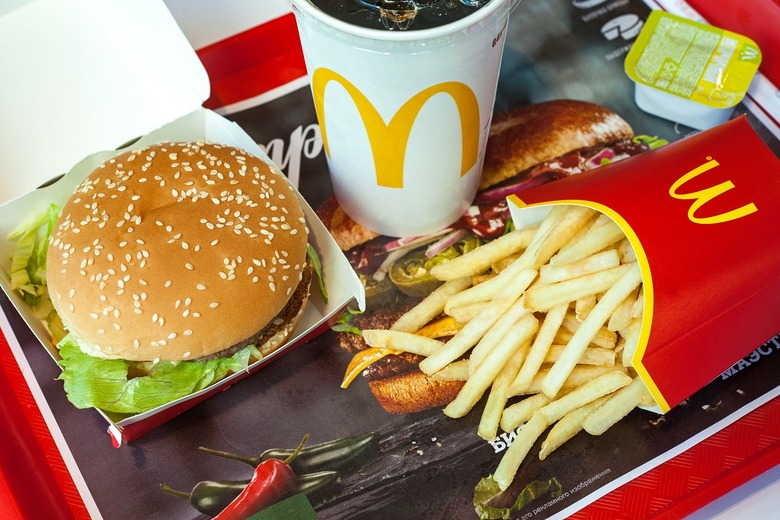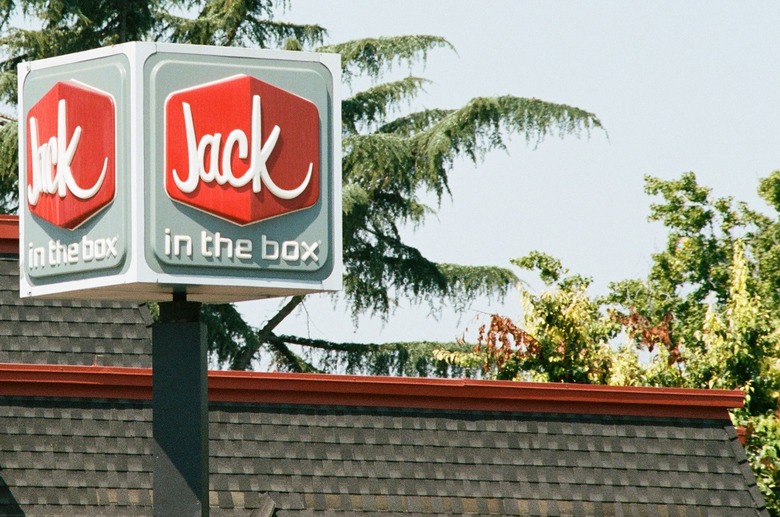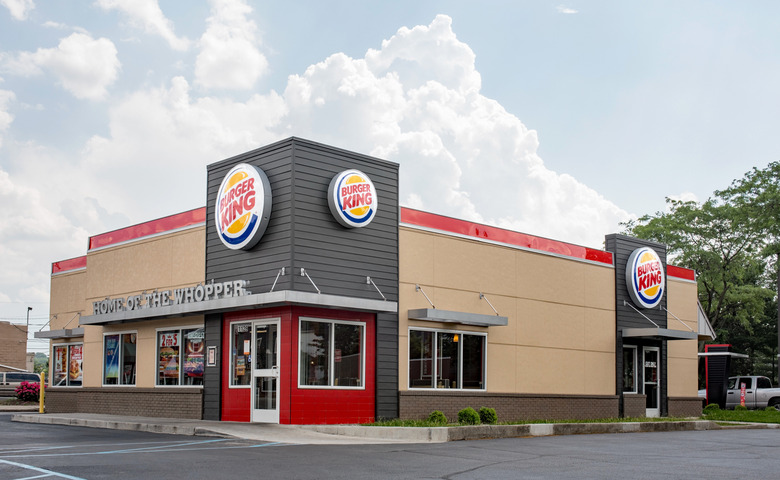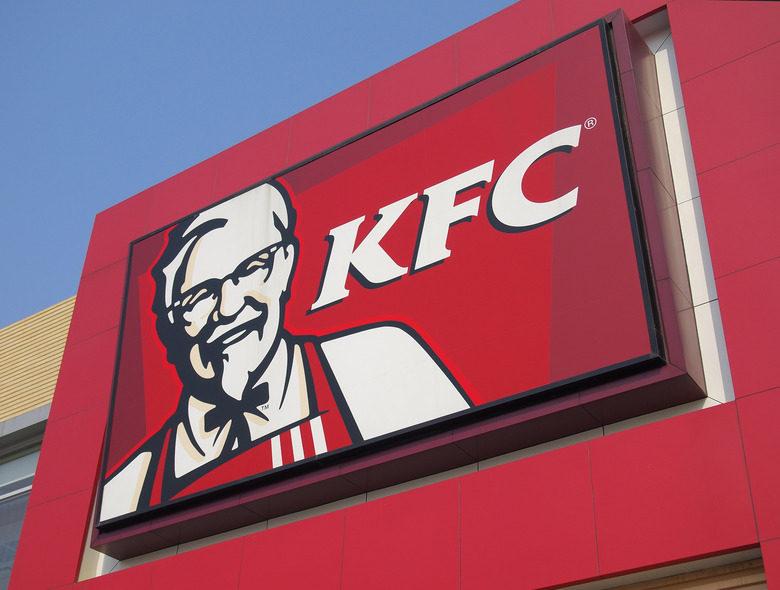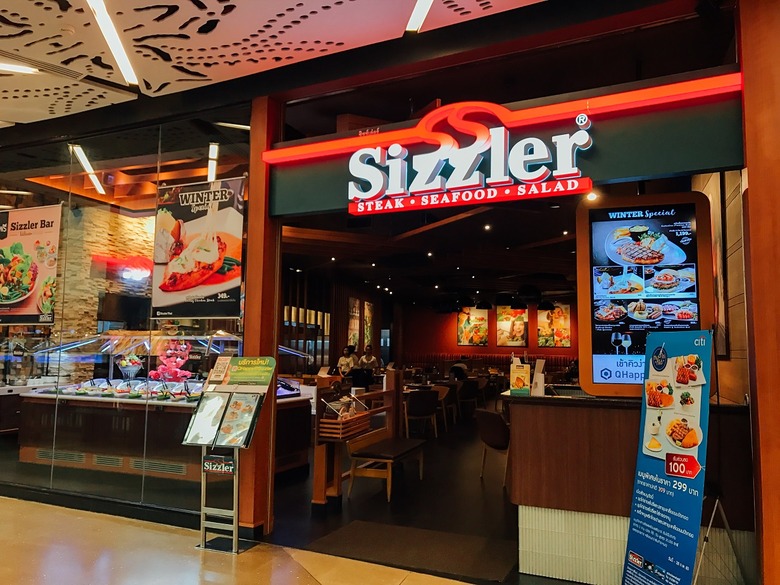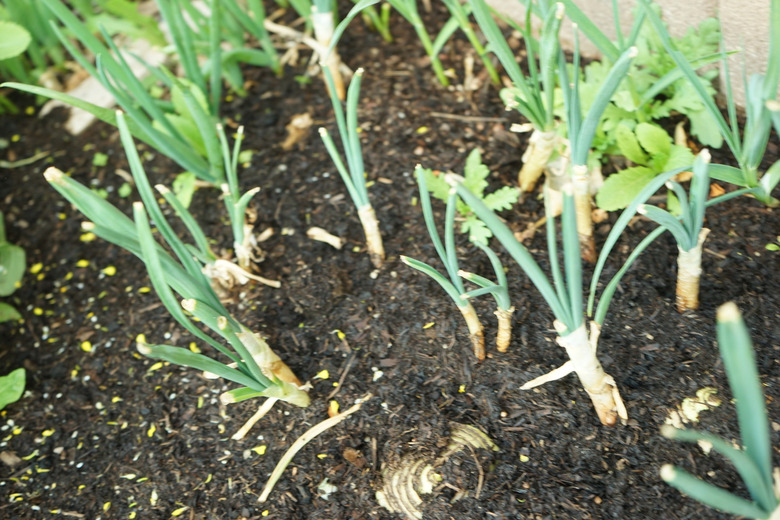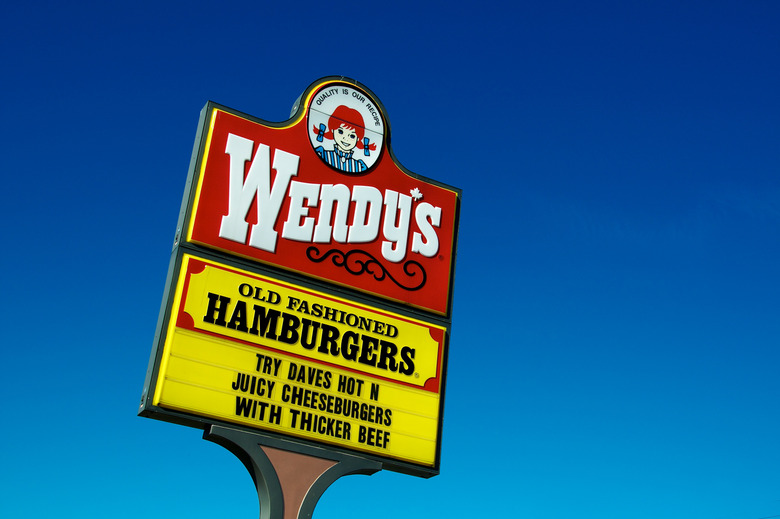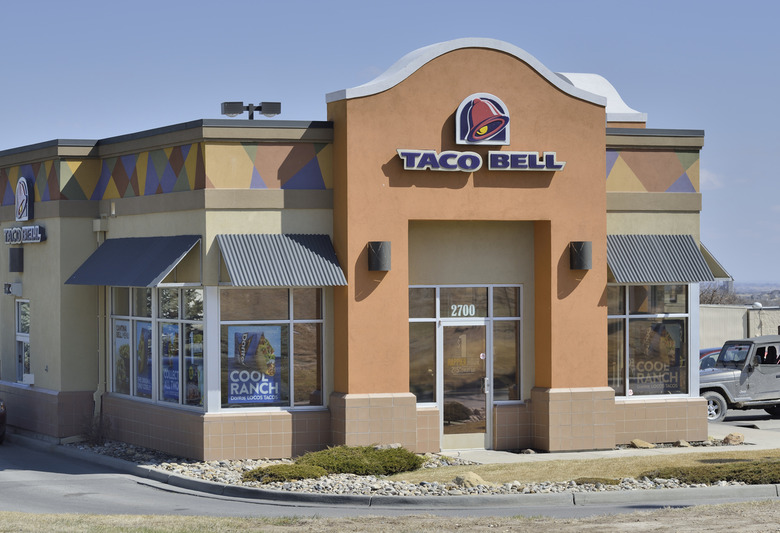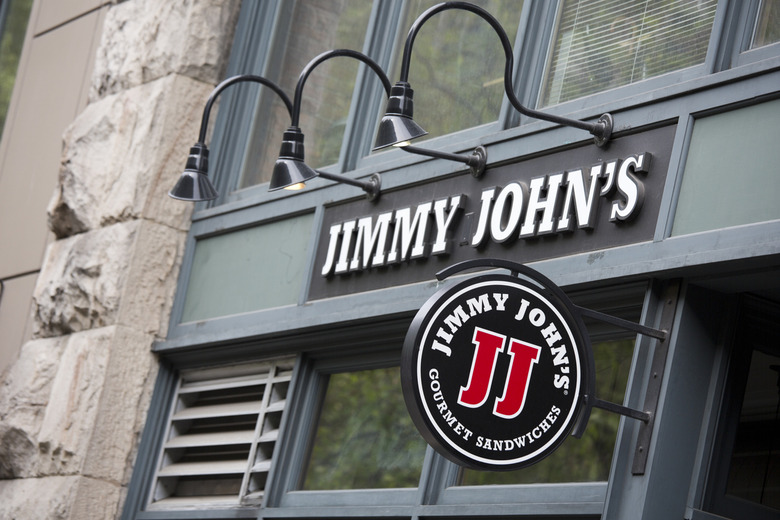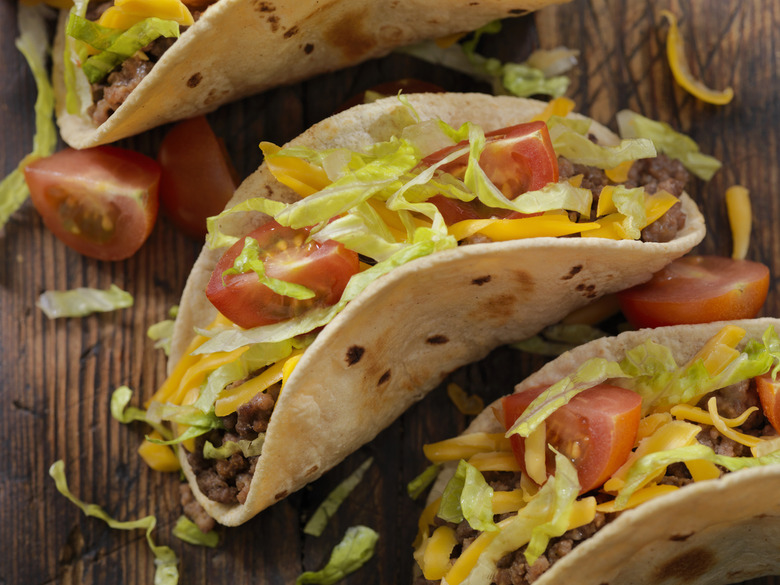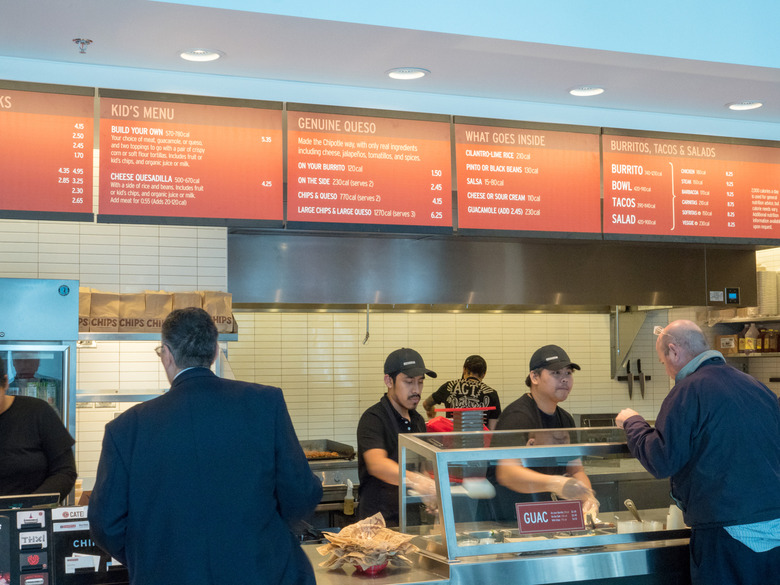11 Times Chain Restaurants Gave People Food Poisoning
It's a fact of life: Just about everything we do, no matter how safe we think it is, carries some degree of risk. Heck, just walking down the street can result in everything from a twisted ankle to a piano falling on your head. And while we may hate to admit it, every time we dine at a restaurant we run the risk of contracting a foodborne illness. Here are 11 times when chain restaurants made people really, really sick.
McDonald's, 1982
In 1982, 47 people fell ill with a rare form of E. coli after eating hamburgers at McDonald's in Oregon and Michigan. The outbreak wasn't widely publicized at the time, so McDonald's reputation wasn't too affected.
Jack in the Box, 1993
732 people were affected with E. coli by the most infamous food poisoning outbreak in history, which nearly forced Jack in the Box out of business. 73 locations across California, Idaho, Washington, and Nevada served undercooked patties (a specially promoted "Monster Burger" wasn't cooked long enough to kill off the bacteria). Four people died, all of them children, and 178 others were left with permanent damage.
Burger King, 1997
An Arkansas-based beef processor named Hudson Foods landed client Burger King in hot water in 1997, when it recalled more than 25 million pounds of beef after E. coli contamination sickened 16 in Colorado. Before the source of the outbreak was discovered, 650 Burger King locations were forced to remove burgers from their menu.
Kentucky Fried Chicken, 1999
Improperly-made coleslaw resulted in an E. coli outbreak that sickened 18 at four Cincinnati locations of KFC in 1999. 11 were hospitalized.
Sizzler, 2000
Watermelon that was cross-contaminated by raw meat was the source of an E. coli outbreak at two Sizzler restaurants in Wisconsin in 2000. 64 cases of the disease were confirmed, and a three year-old girl died. The girl's family reached a $13.5 million settlement with the chain's meat supplier eight years later.
Chi-Chi's, 2003
The most widespread hepatitis A outbreak in U.S. history occurred thanks to tainted green onions imported from Mexico at a Chi-Chi's restaurant in Monaca, Pennsylvania. At least 640 people were affected, and four died. The outbreak made national news, and Chi-Chi's reputation never recovered.
Wendy's, 2006
Wendy's locations in Utah served lettuce that was contaminated with E. coli in 2006, resulting in three severe cases of hemolytic uremic syndrome, an E. coli-derived illness that can result in kidney failure.
Taco Bell, 2006
In December 2006, 71 Taco Bell customers in five states were sickened with E. coli after eating contaminated shredded lettuce shipped from California, eight of whom suffered kidney failure. In response, California enacted stricter standards for how leafy greens are handled.
Jimmy John's, 2008, 2013
Jimmy John's is sadly no stranger to foodborne illness; since 2008 the sandwich chain has served contaminated sprouts that resulted in illness at least five times, and in 2013 a Denver-area location served E. coli-contaminated cucumbers imported from Mexico that sickened nine.
Federico's Mexican Food, 2013
In 2013, Arizona chain Federico's served lettuce that was contaminated with E. coli. Before the outbreak was over, more than 90 were sickened, including 24 children.
Chipotle, 2015
In 2015, a norovirus outbreak in Simi Valley, California, sickened 243, a salmonella outbreak in Minnesota and Wisconsin sickened 54, E. coli sickened 60 people in 11 states (landing 22 in the hospital), and a second norovirus outbreak in Boston sickened 143. The cause? Chipotle. While the exact culprit of the E. coli and salmonella will likely never be known, the two norovirus outbreaks were caused by sick employees who came into work. The chain has implemented several new rules and regulations in order to prevent this from happening again, but its reputation has taken a major hit.

